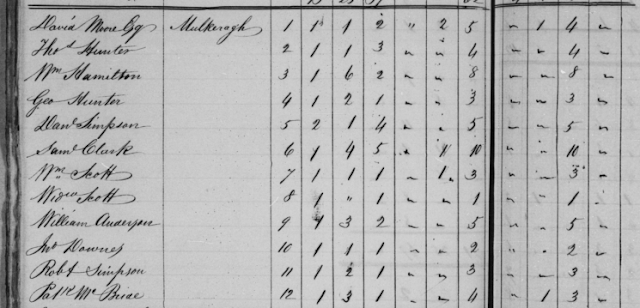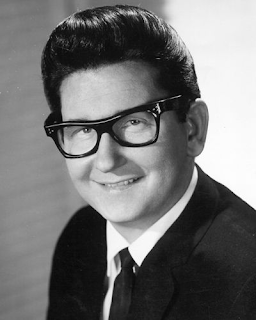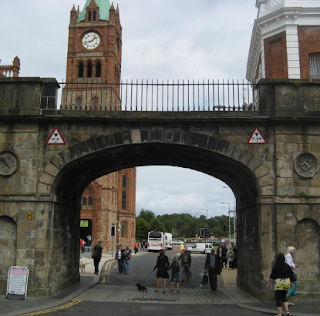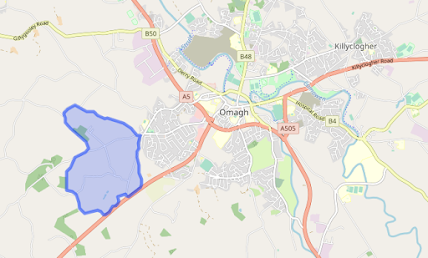The siege of Derry - myths and genealogy. The case against Gideon Murray.
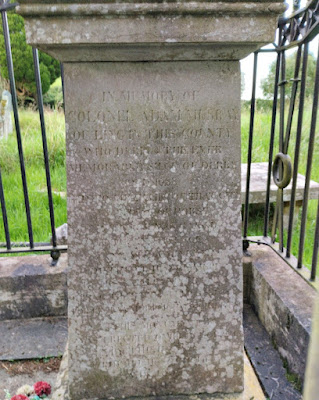
Siege Myths and genealogy Colonel Adam Murray served as commander of the Williamite cavalry during the Siege, having raised a troop of 30 Horsemen for the city's defence. He was a key figure in the battles of Pennyburn (where he killed the French General Maumont in a sword fight) and Windmill Hill. Some siege accounts relate that the Jacobites captured Murray's elderly father, Gideon Murray and threatened to hang him unless the city surrendered. Apparently, Gideon Murray encouraged the defenders to continue fighting and to never surrender. Old Gideon Murray was spared by the Jacobites but died circa 1690. A Genealogical and Heraldic Dictionary of the Landed Gentry of G.B & Ireland, (1863), volume 2 page 1058 by Bernard Burke states that Gideon Murray went to Ireland c1648 and settled at Ling in Cumber parish in Co. Derry. Murray reputedly held considerable interest in the lands granted to the Skinners company, the lease of which passed from the family about 1805. By his
